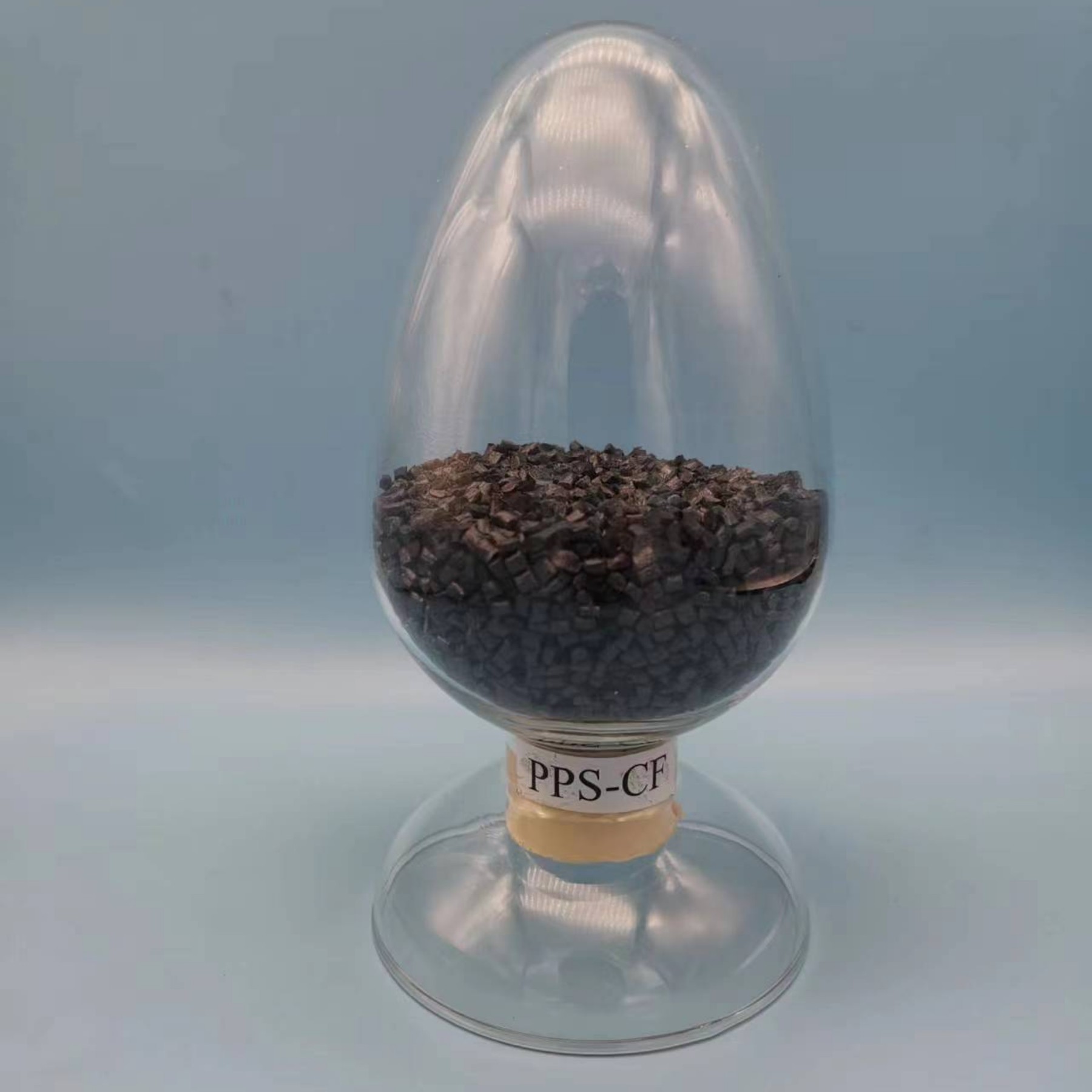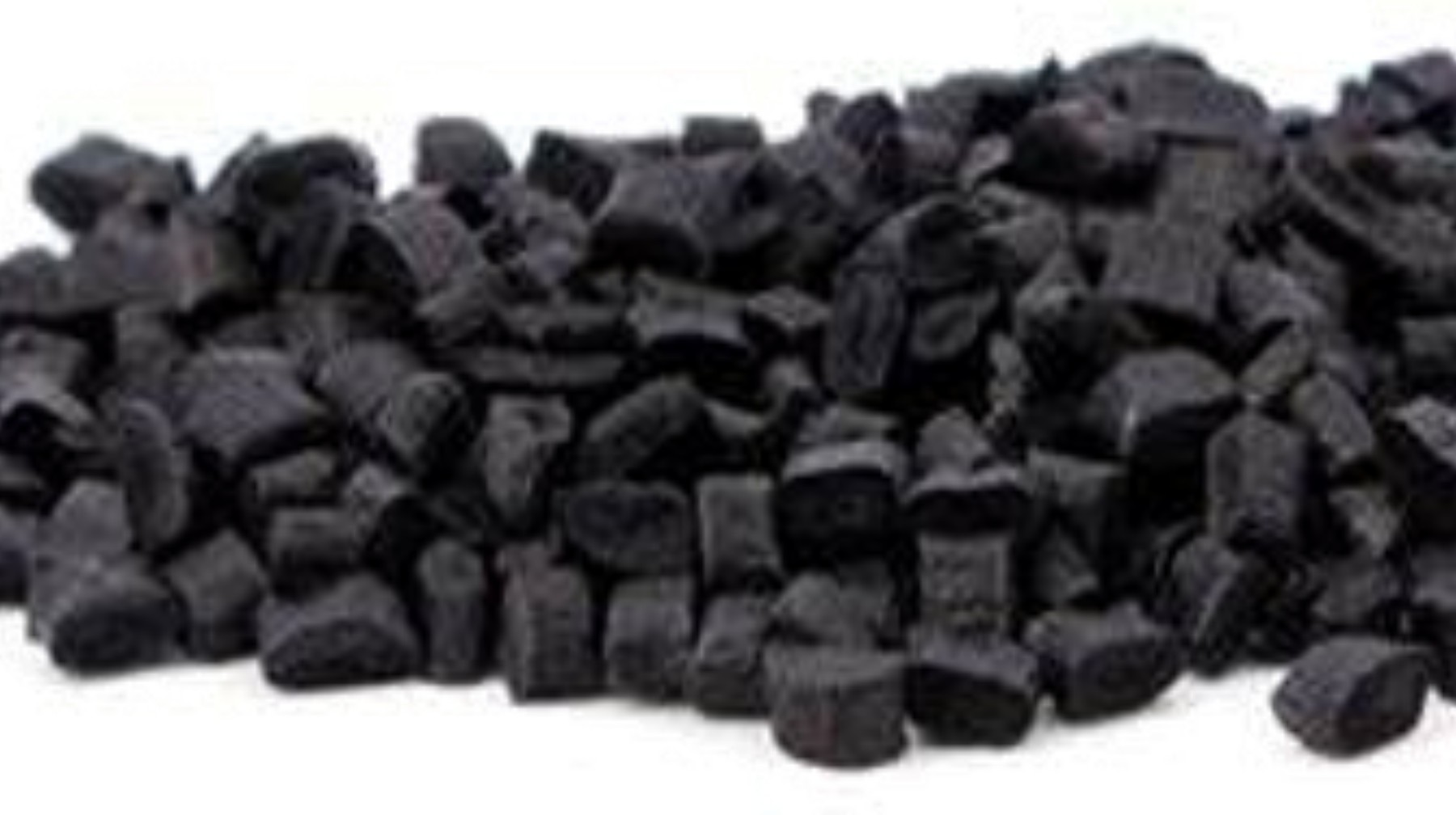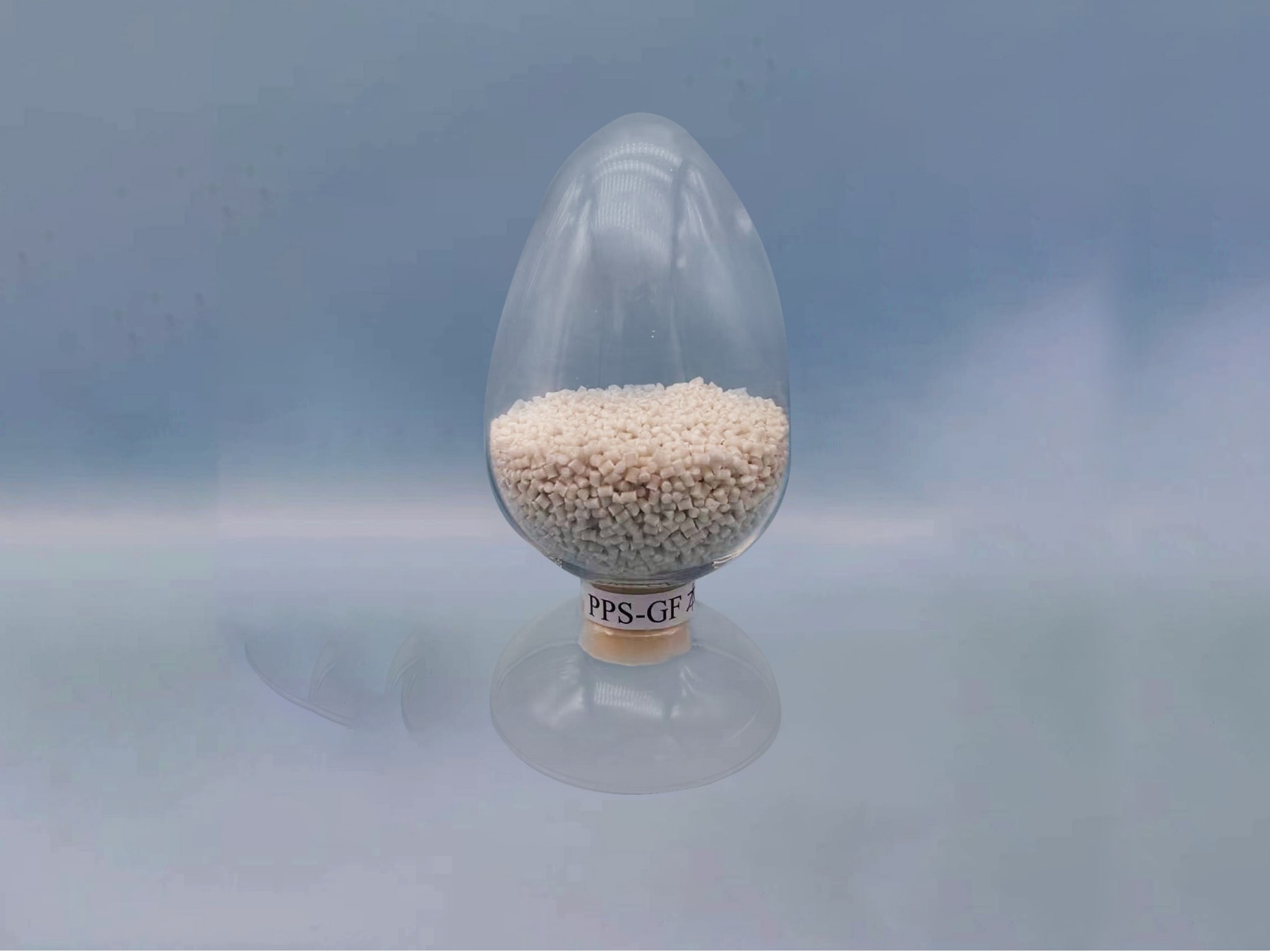PPS-CF PPS-GF
PPS is a semi-crystalline, high-performance polymer with excellent strength, stiffness, temperature, chemical properties, flame retardancy and abrasion resistance. PPS is suitable in many cases to replace more expensive super polymers such as PAEK (PEEK, PEKK). However, due to its low elongation at break and impact strength, pure PPS has poor toughness and impact resistance, and is brittle, which limits its application to a certain extent. Therefore, while maintaining the heat resistance, flame retardancy and chemical stability of PPS, it is usually necessary to further improve its toughness, strength and other properties so that it can meet a variety of needs. Mainly through carbon fiber reinforcement or glass fiber reinforcement , its performance strength and thermal stability can be further improved, thereby better realizing its application value. PART-01 PPS-CF
PPS-CF is a polyphenyl sulfide (PPS) material with chopped carbon fiber (CF) added. CF reinforced PPS composite materials have the characteristics of high temperature resistance (can be used for a long time at 220 degrees Celsius), high stiffness , high strength , conductivity and wear resistance . Due to its excellent performance, PPS composite materials have replaced some metals as structural materials.

PART-02 PPS-GF PPS-GF is a polyphenyl sulfide (PPS) material with chopped glass fibers added. It has a natural appearance and adjustable color. After PPS resin and GF are compositely reinforced, its strength, stiffness, stiffness and fatigue resistance are greatly improved. Glass fiber helps reduce shrinkage during the printing process, making this product more cost-effective than PPS-CF.
PART-03 3D printing performance parameters PPS-CF 3D printing performance parameters performance Property numerical value Parameter Value unit Unit Test Methods Test Method Young's modulus Tensile modulus 4951 MPa ISO 527, Type 1A Tensile Strength Tensile strength 90 MPa ISO 527, Type 1A Elongation at break 7 % ISO 527, Type 1A Flexural modulus Bend modulus 7341 MPa ISO 14125 Bending strength Bend strength 128 MPa ISO 14125 Notched impact strength 6 kJ/㎡ ISO 180 Heat distortion temperature HDT 220 ℃ ISO 75-1,2 Glass transition temperature Tg 90 ℃ ISO 11357-2 Melting temperature Tm 280 ℃ ISO 11357-3 Particle printing temperature: 280-300℃ from feed to nozzle, adding cavity temperature (~120℃) will give better printing effect. Drying temperature: 120-140℃ 4-6h. PPS-GF 3D printing performance parameters performance Property numerical value Parameter Value unit Unit Test Methods Test Method Young's modulus Tensile modulus 5154 MPa ISO 527, Type 1A Tensile Strength Tensile strength 98 MPa ISO 527, Type 1A Elongation at break 6 % ISO 527, Type 1A Flexural modulus Bend modulus 8308 MPa ISO 14125 Bending strength Bend strength 158 MPa ISO 14125 Notched impact strength 7 kJ/㎡ ISO 180 Heat distortion temperature HDT 240 ℃ ISO 75-1,2 Glass transition temperature Tg 90 ℃ ISO 11357-2 Melting temperature Tm 280 ℃ ISO 11357-3 Particle printing temperature: 280-300℃ from feed to nozzle, adding cavity temperature (~120℃) will give better printing effect. Drying temperature: 120-140℃ 4-6h.